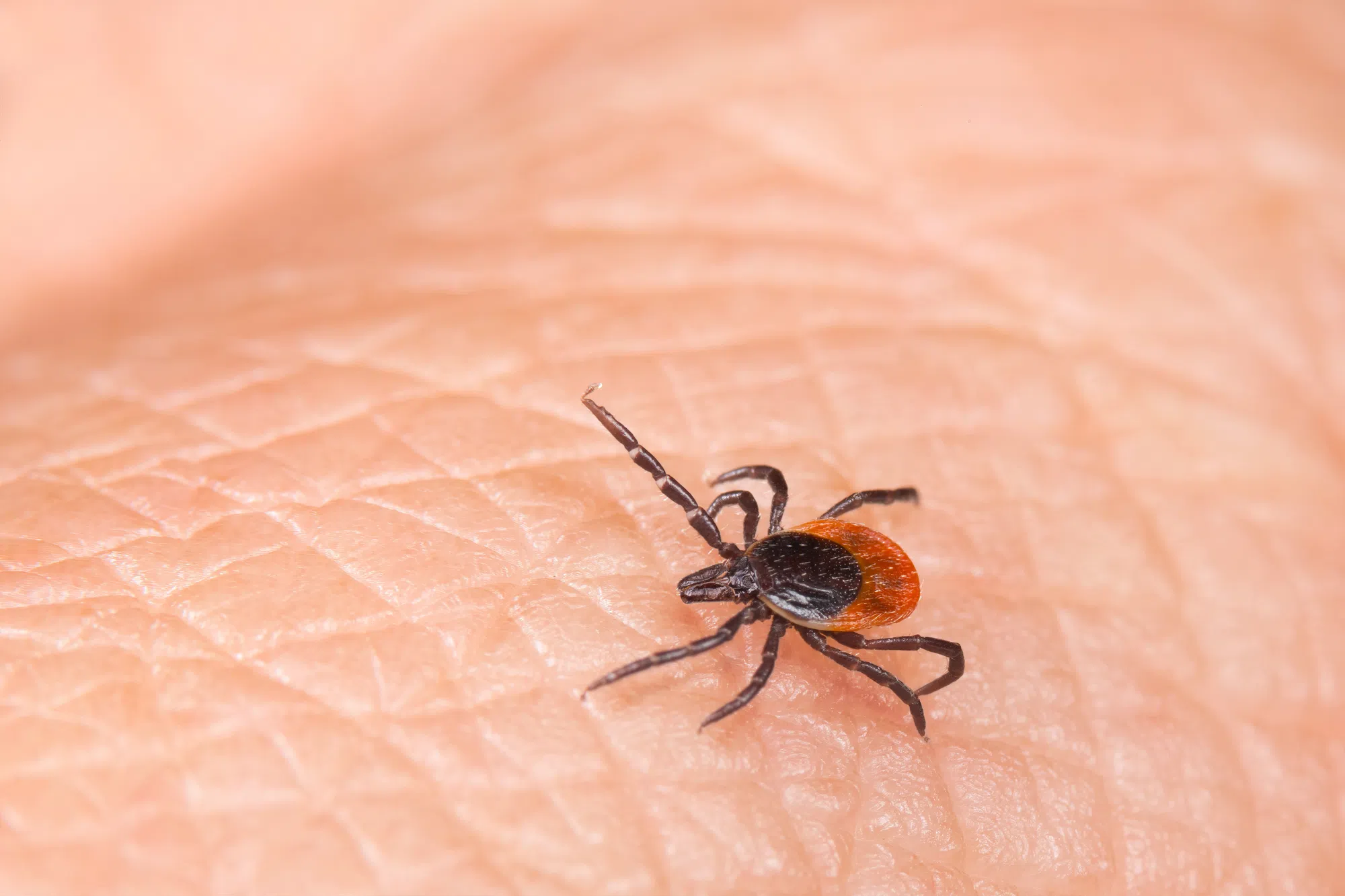New Brunswick’s tick population is growing, and experts point to warming temperatures as a possible key factor.
Dr. Alice Sinia, a Pest Specialist and Entomologist with Orkin Canada, said tick populations in the province have grown over time, but not as drastically compared to Ontario.
Sinia explained that climate change is creating better conditions for ticks to thrive.
Warmer temperatures and higher humidity allow them to survive longer and spread to new areas.
“Any temperature above four degrees Celsius makes blacklegged ticks very active. They move around more, seek out hosts, and reproduce,” Sinia said.
She also noted that migratory birds contribute by carrying ticks to new locations, helping them expand into regions where they were not commonly found before.
Sinia emphasized that ticks transmit Lyme disease, but not all carry the bacteria.
Public health officials recommend taking steps to reduce the risk of bites:
- Wear long sleeves and tuck pant legs into socks or boots.
- Use a tick repellent approved by Health Canada.
- Stay on clear trails and avoid tall grass, logs, and leaf piles.
- Check your body and pets after outdoor activities.
- Shower immediately and dry clothes on high heat to kill ticks.
Sinia explained that proper tick removal is important and provided a few steps to take:
- Use fine-tipped tweezers, grab the tick close to the skin, and pull gently.
- Clean the bite area with alcohol or warm, soapy water.
- Monitor for symptoms and seek medical advice if needed.
- Save the tick for testing if advised by public health.
Tick numbers in New Brunswick are increasing, but Sinia said the rise has been gradual.
Awareness and prevention remain the best ways to reduce the risk of bites and Lyme disease.







